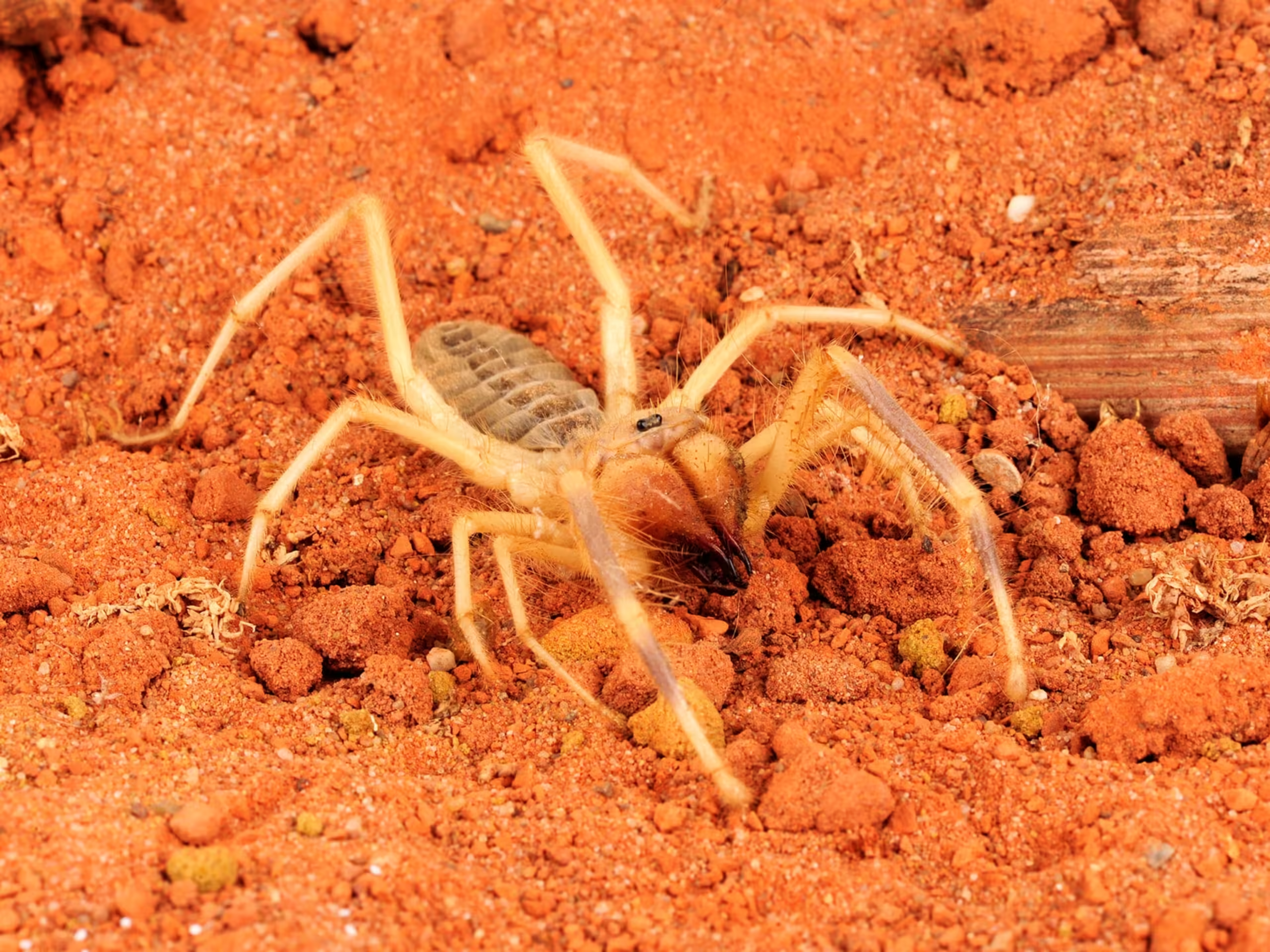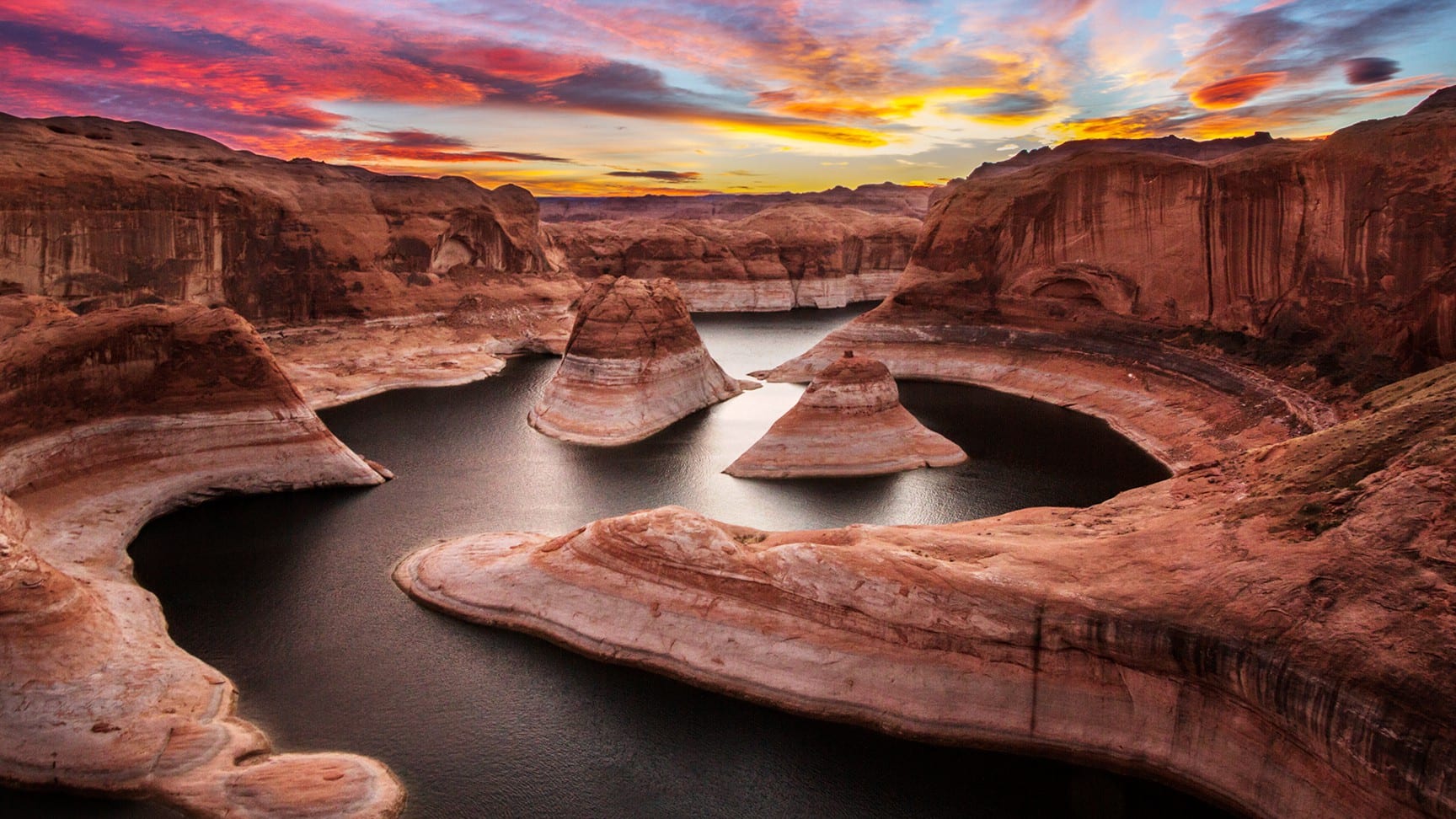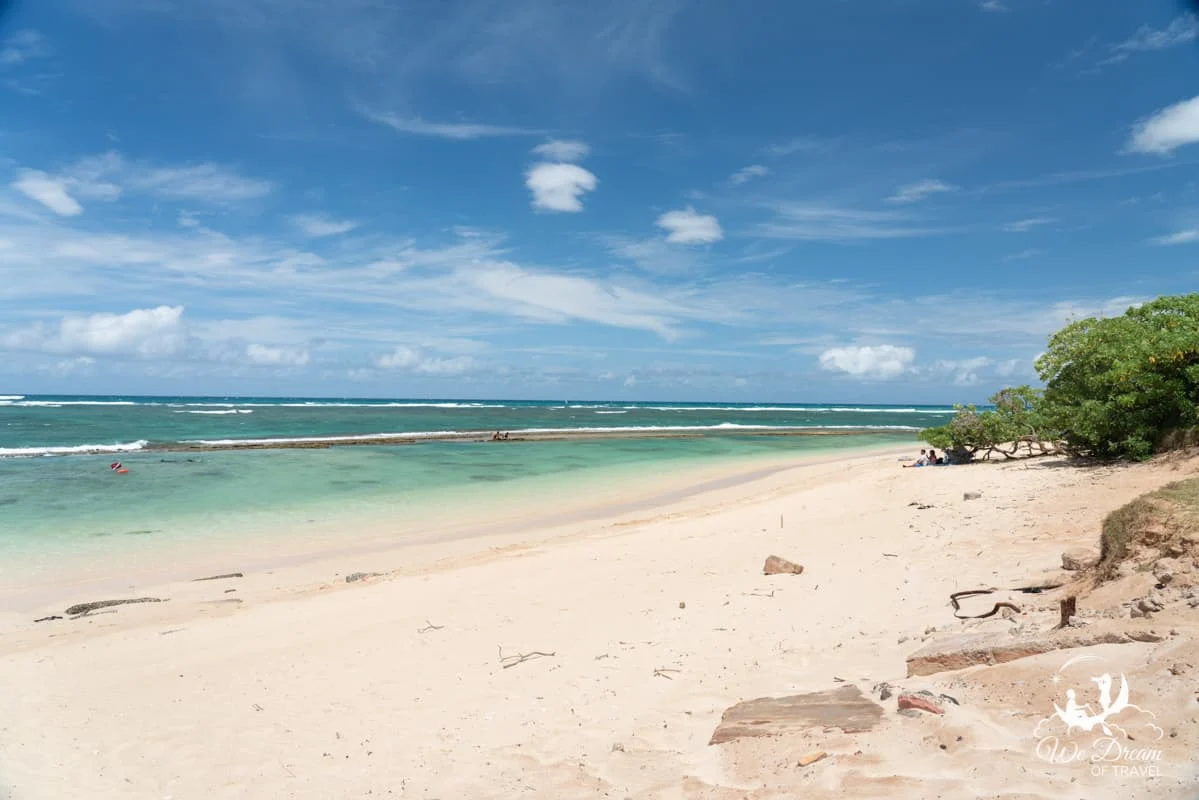
Introduction:
Camel spiders are often portrayed as huge, terrifying creatures that chase people in the desert, jump great heights, and even feast on camels. But how much of this is true? In this article, we’ll uncover the facts and fiction about the camel spider, separating myth from reality.
Camel spiders may look scary, but these arachnids aren’t as dangerous as the stories suggest. Let’s take a closer look at what camel spiders really are, where they live, what they eat, and why they don’t pose the terrifying threats that legends claim.
What Is a Camel Spider? Discovering the Basics
Camel spiders are not true spiders. They are arachnids, like spiders, but belong to a different group called solpugids. They are also known as “sun spiders” or “wind scorpions.” These creatures can be found in deserts around the world, especially in places like the Middle East.
Although they look scary because of their size and speed, camel spiders do not pose much of a threat to humans. They are often seen hunting small insects, but they do not feed on large animals, such as camels, despite the rumors. Camel spiders are nocturnal, which means they are active at night, looking for food.
Why Are They Called Camel Spiders?

The name “camel spider” is a bit misleading. These arachnids don’t actually attack camels. The name likely comes from an old myth that camel spiders like to bite camels, but that’s not true. They are called “camel spiders” because they are often found in the same deserts where camels live.
The real reason behind the name might be because they are known to move quickly and appear close to camels. Some people have mistakenly believed they attack camels when, in fact, camel spiders are just looking for shelter or hunting smaller prey.
The Camel Spider Myths: What’s True and What’s Not?
A lot of myths have been spread about camel spiders over the years. One common myth is that camel spiders can run at speeds of 25 miles per hour. In reality, they can run fast, but their speed is much lower, around 10 miles per hour. Even though this is fast for an arachnid, it’s nowhere near the mythical speeds people talk about.
Another myth is that camel spiders can jump high into the air. While they can move quickly on the ground, they cannot jump 4-6 feet like some stories claim. They do not jump at all like the way jumping spiders do.
The Infamous Photo: How Perspective Played Tricks on Us
Many of the myths about camel spiders have been fueled by an infamous photo that went viral in 2004. The photo showed a large camel spider, and people believed it was 40 cm long, making it seem like a terrifying giant.
In reality, the photo used false perspective, which made the spider appear much larger than it actually was. The actual size of a camel spider is much smaller, around 5-10 cm long. The trick with perspective made it seem as if they were much bigger than they really are.
Are Camel Spiders Venomous? Understanding Their Defense Mechanisms
Camel spiders are not venomous, despite some stories saying they are. Unlike some other arachnids, camel spiders do not have venom to inject into their prey. Instead, they use their powerful jaws to catch and eat smaller animals like insects.
Even though they don’t have venom, their bite can still cause pain, especially if the wound gets infected. But this is no reason to fear them. Camel spiders are not dangerous unless they are handled carelessly.
What Do Camel Spiders Eat? Separating Fact from Fiction
Camel spiders are carnivores, which means they eat meat. They typically hunt insects, such as beetles, crickets, and grasshoppers. They are quick hunters, using their speed to catch and overpower their prey.
Some myths claim camel spiders feed on camels or even humans, but this is far from the truth. Camel spiders do not seek out large animals for food. They simply look for smaller creatures that they can hunt and eat.
How Fast Can Camel Spiders Run?
Camel spiders are known for their speed. Although they cannot run as fast as some people think, they are still quick runners. They are capable of running up to 10 miles per hour, which is impressive for an arachnid.
- Speed helps camel spiders catch their prey.
- They move quickly to avoid predators, such as birds and other animals.
Their speed is one of the reasons people believe the myths about them chasing humans. But in reality, they are more likely to be running away from the heat or looking for food.
Do Camel Spiders Really Chase People? Debunking the Legend
There is a famous myth that camel spiders chase people, but this isn’t true. Camel spiders are not aggressive toward humans. If they are seen running toward someone, it’s likely because they are searching for shade or a cool place to hide from the sun.
- Camel spiders are nocturnal and prefer to hunt at night.
- They do not actively hunt humans or chase after people.
The idea that camel spiders chase people might come from soldiers in desert areas, where these spiders were often seen running towards tents or shaded areas. But they were not chasing anyone.
Are Camel Spiders Dangerous to Humans or Camels?
Camel spiders are not dangerous to humans or camels. They are not venomous, and their bite, while potentially painful, is not life-threatening. Most problems with camel spiders occur when people handle them carelessly, which can lead to minor infections.
They also do not eat camels, despite what some stories say. Camel spiders mainly feed on insects and are not interested in larger animals. The myths about camel spiders attacking camels or humans are simply not true.
Frequently Asked Questions about Camel Spiders
What do camel spiders look like?
Camel spiders have large, flat bodies with long legs. They can appear scary because of their size, but they are not as big as some stories claim.
Are camel spiders dangerous to humans?
Camel spiders are not dangerous to humans. They do not have venom, and their bites are usually harmless.
Where can I find camel spiders?
Camel spiders live in dry, desert areas. They can be found in places like the Middle East, North Africa, and parts of the Americas.
Conclusion
Camel spiders may look scary, but they’re not the monsters that myths make them out to be. They’re fascinating creatures that play an important role in the desert ecosystem, helping to control insect populations. While they might seem large and fast, they’re not dangerous to humans or camels. Most of the stories about them are just legends that make them sound more frightening than they really are.
Learning the truth about camel spiders can help us appreciate these unique creatures instead of fearing them. Next time you hear a wild story about a camel spider, remember that they’re just looking for shade or hunting small insects, not chasing people or camels. Knowing the facts about camel spiders can help us see them as a cool part of nature, not something to be scared of!
FAQ
Q: What is a camel spider?
A: A camel spider is a desert-dwelling arachnid, related to spiders and scorpions but belonging to a group called solpugids. They’re often found in hot, dry regions.
Q: Are camel spiders dangerous to humans?
A: No, camel spiders are not dangerous to humans. They have no venom, and while their bite may hurt, it isn’t harmful if properly cleaned.
Q: Can camel spiders really run fast?
A: Yes, camel spiders are fast runners, reaching speeds of up to 10 miles per hour, but they don’t run toward humans. They usually run for shade or to catch prey.
Q: Why are they called camel spiders?
A: They are called camel spiders because they are often found in deserts where camels live, not because they harm camels. It’s a name based on their habitat.
Q: Do camel spiders bite camels?
A: No, camel spiders do not bite or feed on camels. They prefer insects and other small animals as food, not large animals.
Q: Are camel spiders actually spiders?
A: No, camel spiders are not true spiders. They belong to a different group of arachnids called solpugids, though they look somewhat similar to spiders.







